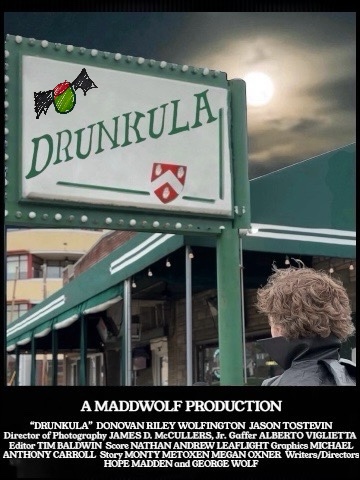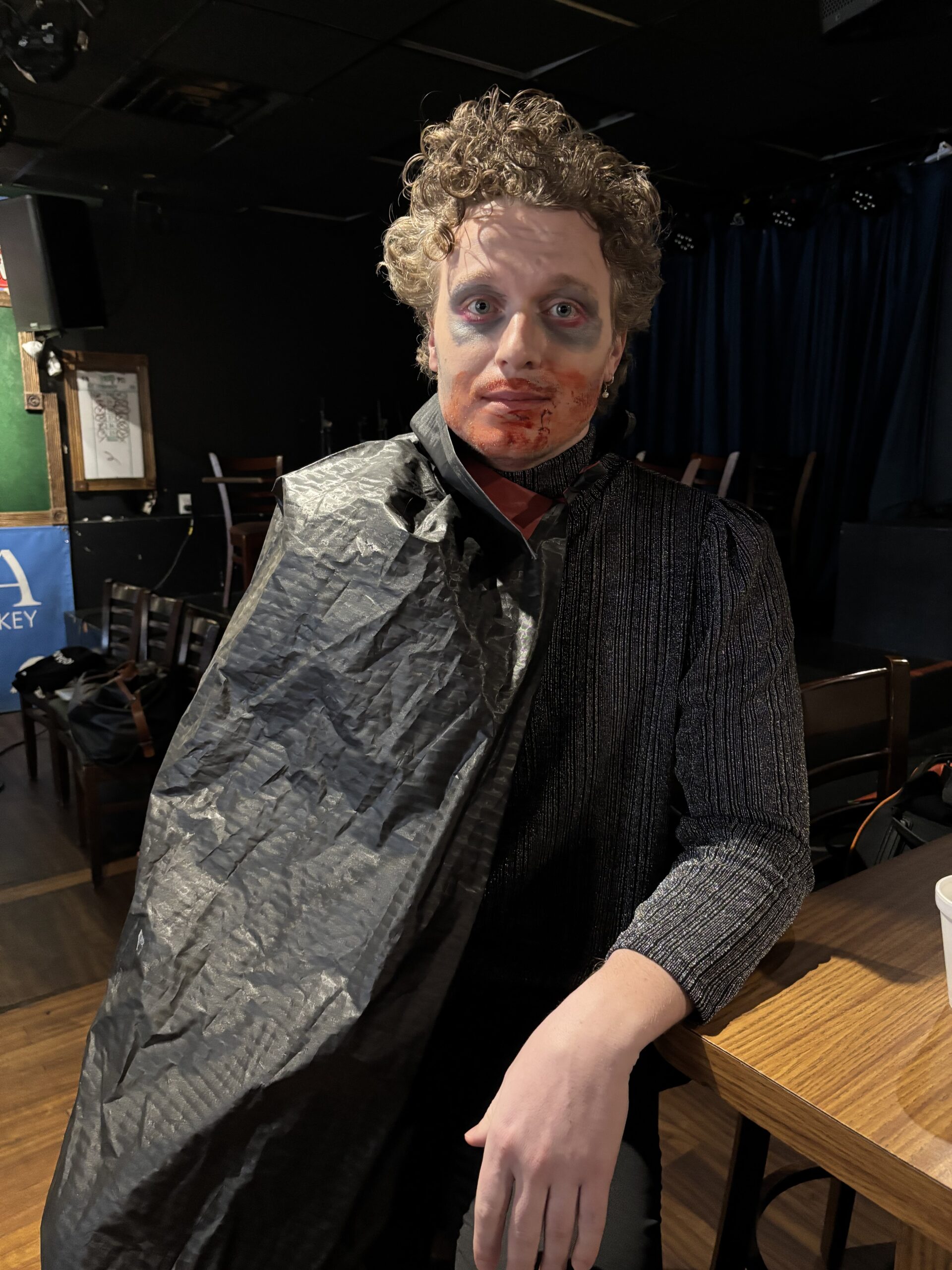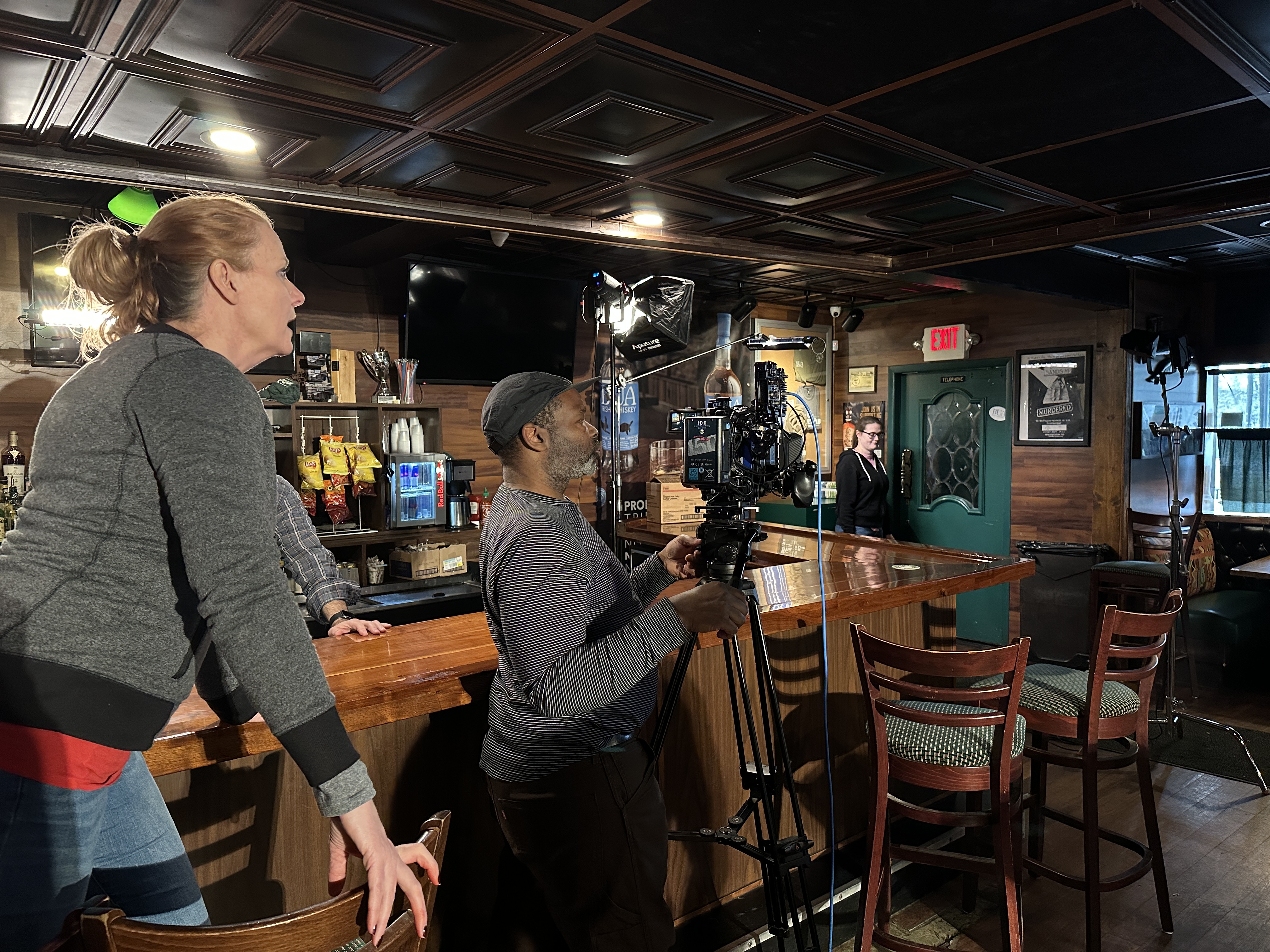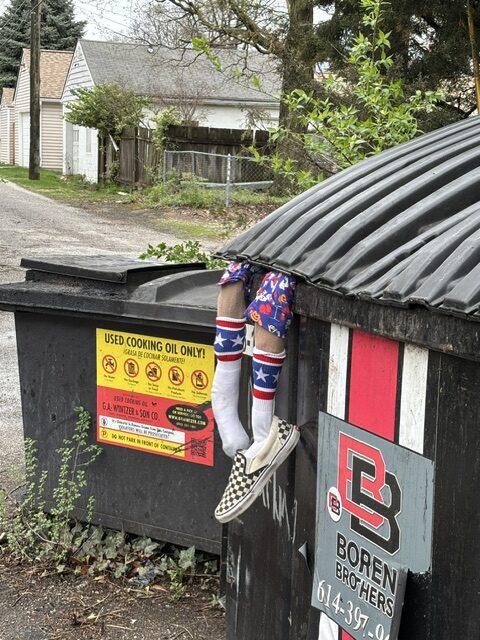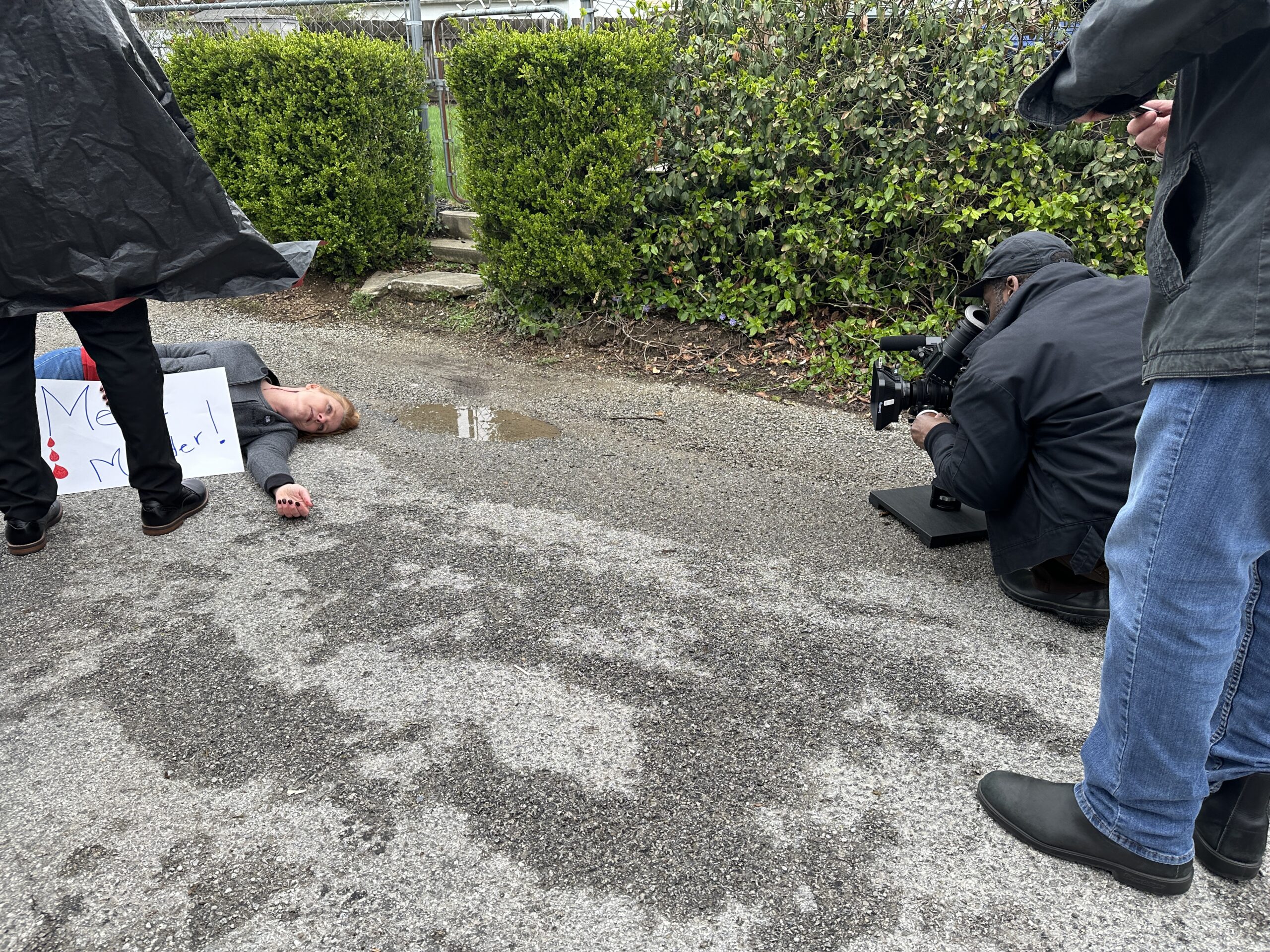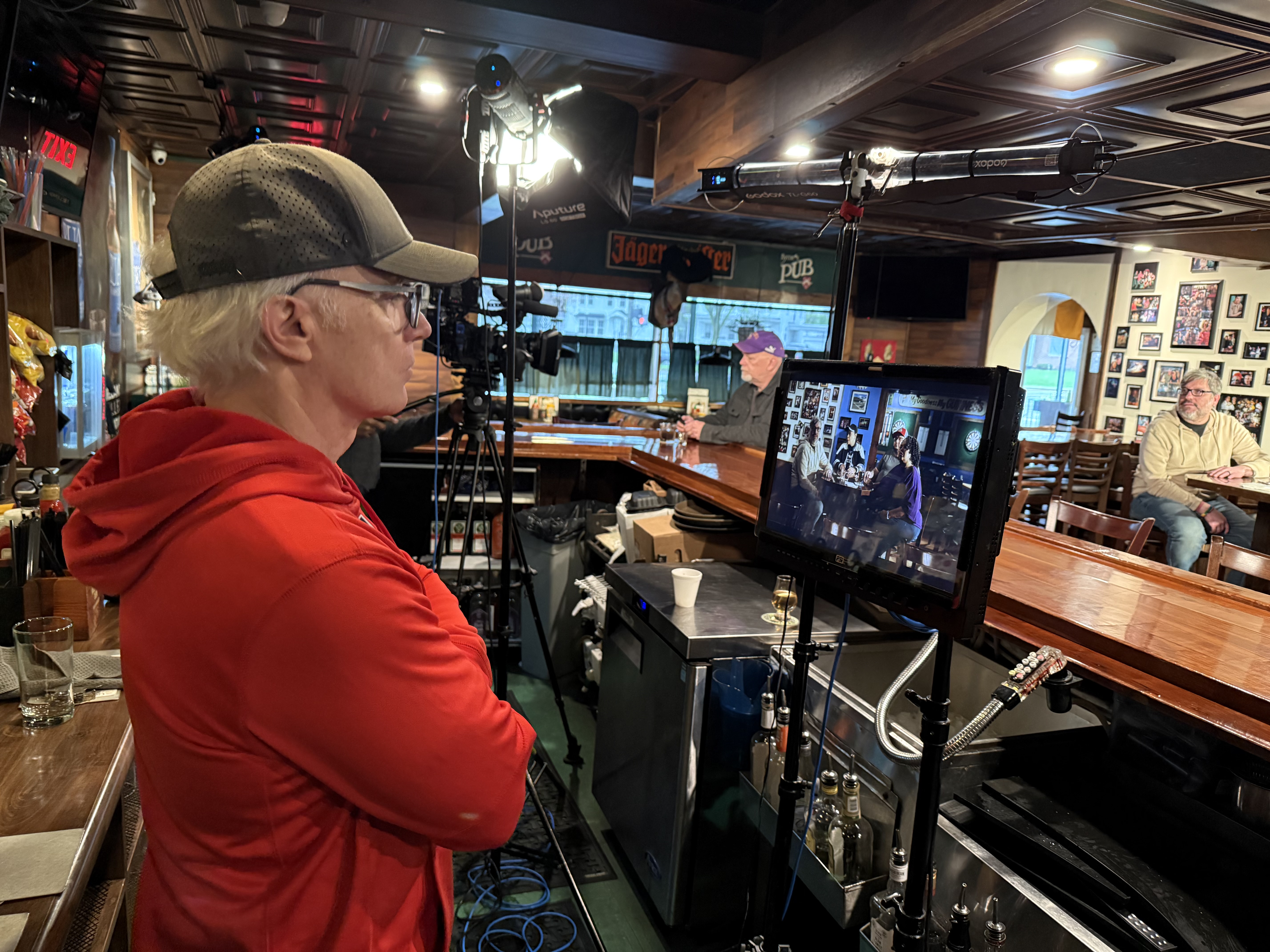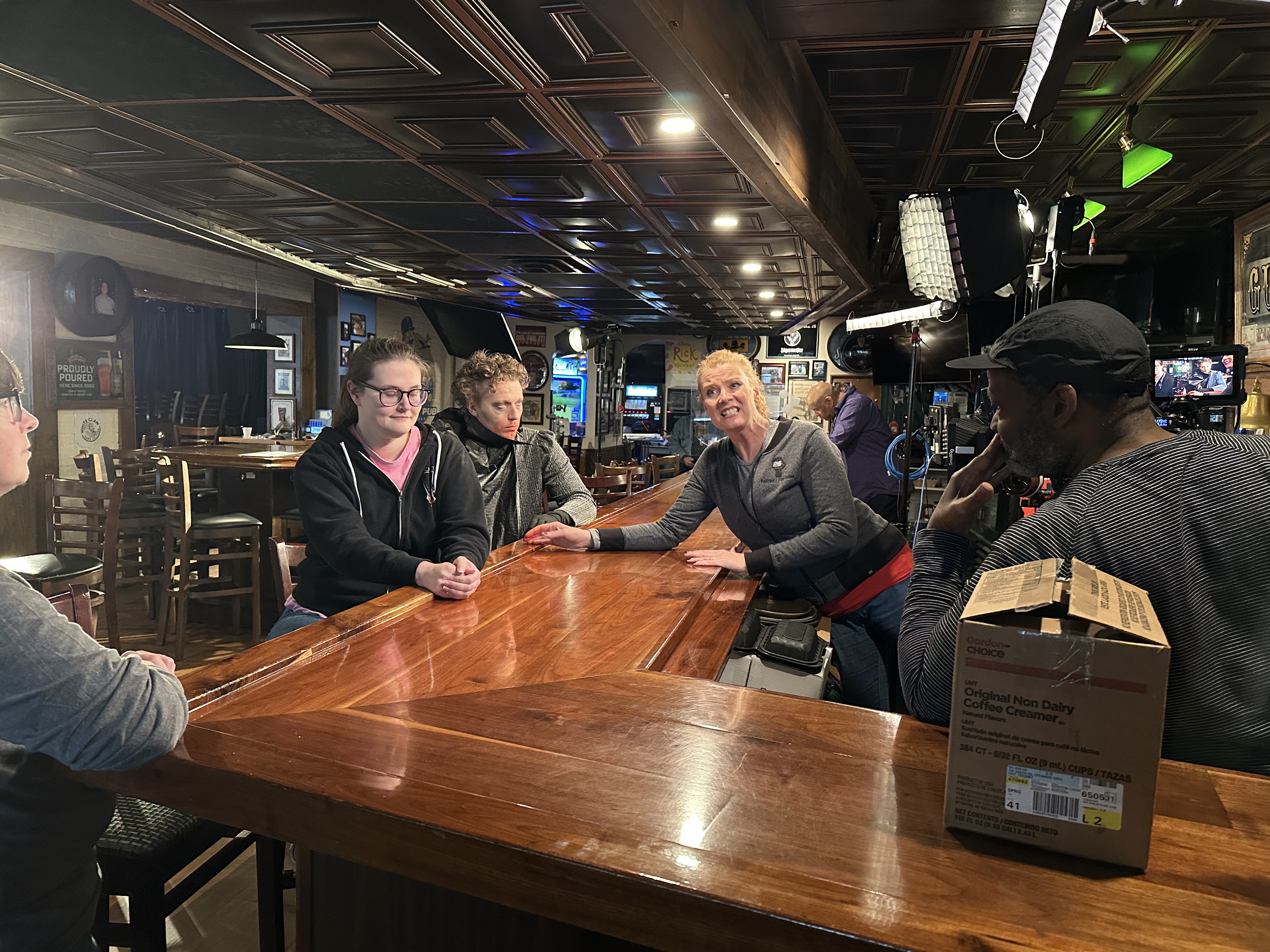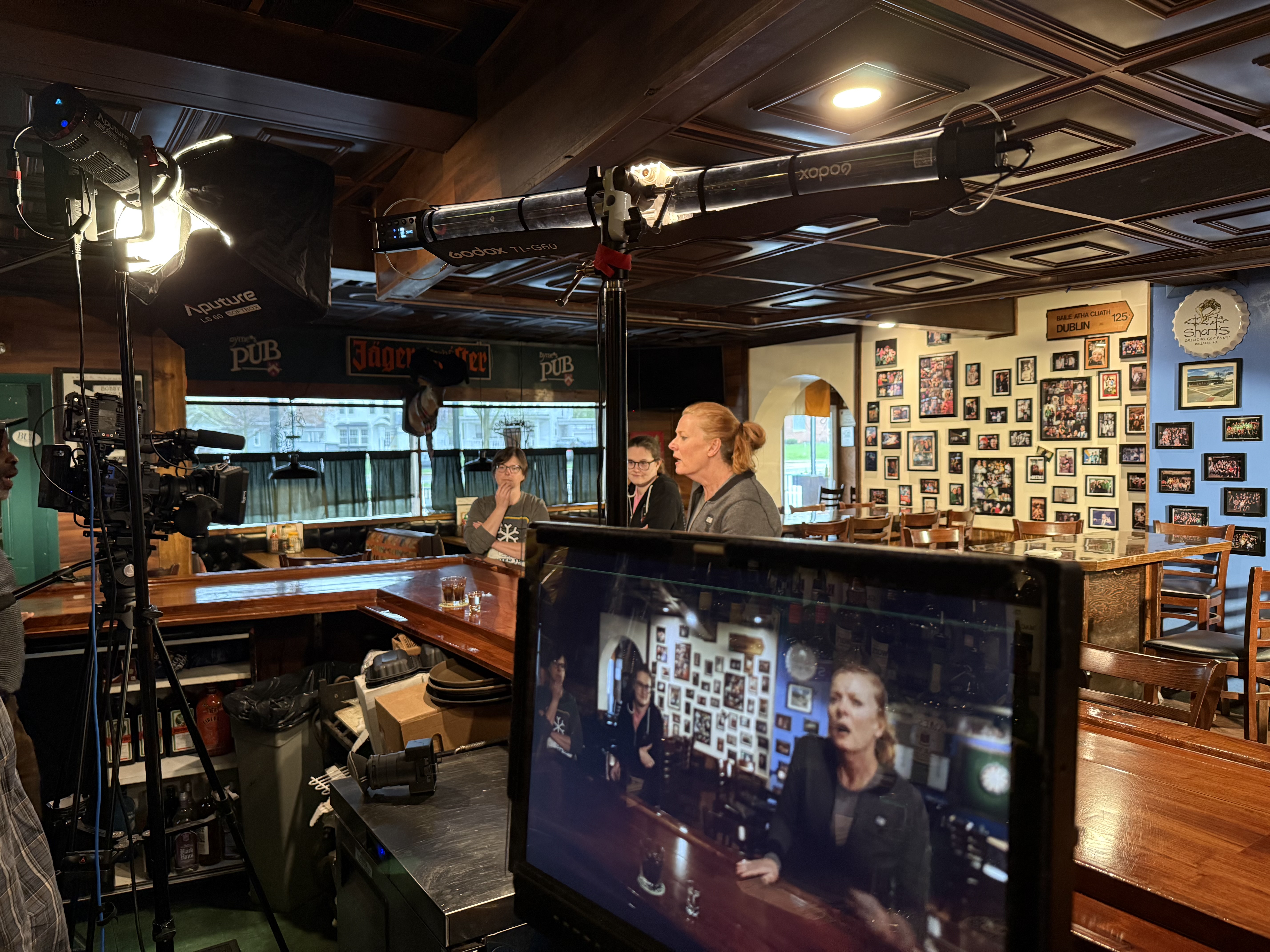Shaman
by Hope Madden
Director Antonio Negret and writer Daniel Negret have something interesting to say. Unfortunately, they can’t find a consistently interesting way to say it with their latest film, Shaman.
The film shadows an American Catholic missionary family working with an Ecuadorian priest in a mountain village. Candice (Sara Canning) teaches catechism and English, and she and husband Joel (Daniel Gillies) help Father Meyer (Alejandro Fajardo) with baptisms, school and church maintenance, and they serve meals to the community.
Out playing with his friends, preadolescent son Elliot (Jett Klyne) enters a cave, though warned by the two locals he hangs out with. He comes home carrying something much older than Jesus.
Candice notices immediately and blames the shaman who lives in the mountains, while Joel scolds her to stop giving them power they don’t have. Meantime, with something afflicting her own family, Candice finds that her own faith may be more of a false front, a façade of superiority and benevolence.
What is weird about Shaman is that both Klyne and Canning co-starred in Brandon Christensen’s 2019 possession horror Z, a film where a mother watches helpless as something ugly takes hold of her innocent son (Klyne).
At times, the atmosphere Negret creates offers a subtle but worthwhile change in the missionary horror of the past, which told of either a white savior discovering primitive evil, or in more recent years, a white savior who is, in fact, the evil. Negret combines the two tropes in ways that are sometimes provocative, sometimes predictable, sometimes tone deaf.
Solid performances all around, plus gorgeous locations and some genuine surprises elevate the proceedings, but the pace is slow, the FX are weak, and the story too often falls prey to the cliché it’s trying to expose. (They also don’t get any of the Catholic stuff right. There, I said it.)



